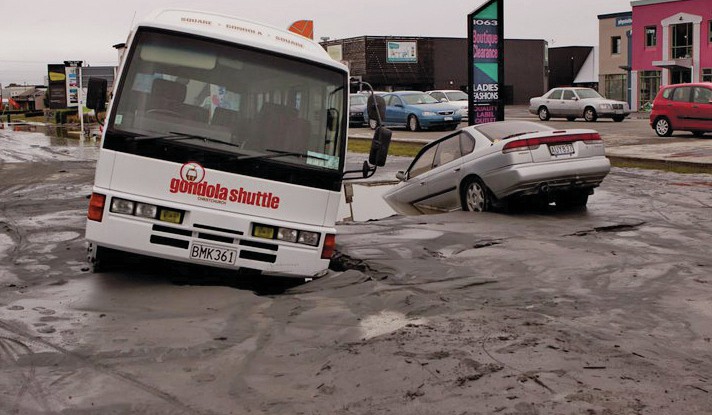
New Zealand’s location on the Pacific ‘Ring of Fire’ makes it particularly susceptible to tectonic hazards. The country’s wealth, sophisticated monitoring systems and small population of 4.4 million mean that it is much less vulnerable to the impacts of natural hazards than countries such as Haiti. The earthquake which struck New Zealand on 4 September 2010 was similar in magnitude to the one that hit Haiti in January 2010, measuring 7.1 on the Richter scale, compared with the Haiti earthquake’s 7.0. In New Zealand there were no deaths and only two serious injuries, but Haiti suffered more than 300,000 casualties and 1.3 million displaced people. Moreover, the disruption caused by the September earthquake in New Zealand was quickly overcome, but there are still displaced people, badly damaged buildings and serious problems of sanitation in Haiti.
However, New Zealand was not destined to escape unscathed from the tectonic forces at work in its South Island. On 22 February 2011 a magnitude 6.3 aftershock of the September earthquake struck the country’s second largest city of Christchurch, killing 181 people and seriously damaging the city. The deaths from this earthquake make it the second most deadly natural disaster in New Zealand’s history, while the estimated cost of rebuilding of around $NZ15–16 billion will mean it is by far the country’s most expensive.
Your organisation does not have access to this article.
Sign up today to give your students the edge they need to achieve their best grades with subject expertise
Subscribe




